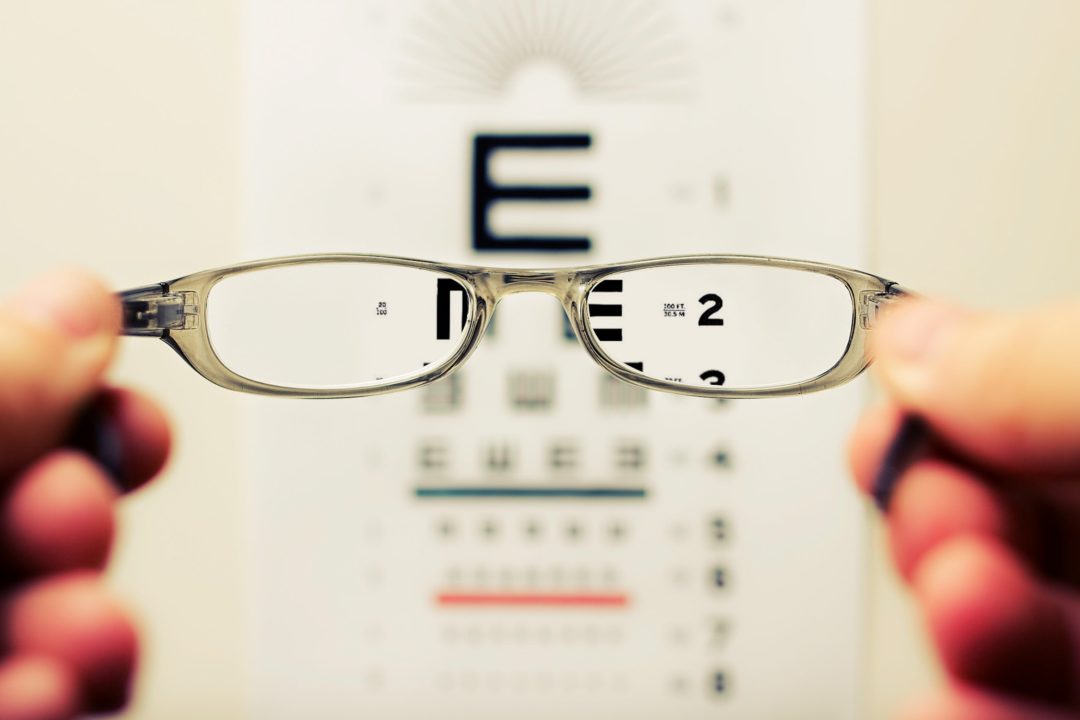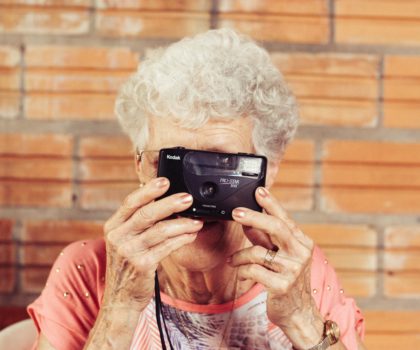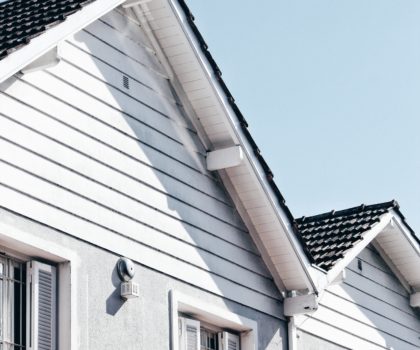One of the first things we start to notice as we age is that our eyesight isn’t as good as it once was. This is to be expected, as our eyes go through some inevitable changes as we age, especially once we reach our 60s.
Some of the senior vision problems are age related, such as presbyopia. It just means that you’re getting older. And while cataracts can happen at any age, they affect the elderly the most, though cataract surgery can fix the issue fairly easily. Others, such as glaucoma, macular degeneration and diabetic retinopathy, can greatly affect our quality of life and be quite serious.
Senior Vision Problems
First, let’s look at presbyopia, the most common issue. If you find it increasingly difficult to see objects up close, it’s not your imagination. As you pass 40, your lenses begin to harden, so they can’t adjust as readily. You may initially compensate for this by holding things farther away but at some point, you need corrective lenses, whether it’s reading glasses or multifocal contacts or eyeglasses. In some cases you can also have corrective surgery, such as LASIK.
However, your lenses will continue to harden, causing your prescription to constantly change. To fight the most common of all senior vision problems, you may even need to have different prescriptions for different activities, such as one for reading and another for working at a computer.
Cataracts are another common senior vision problem. In fact, roughly half of all Americans 65 and older have some level of cataracts. This percentage increases as you grow older and some estimate that 30 million seniors will have cataracts by 2020.
Cataract surgery is very effective and your vision can usually be restored. It’s better to have cataracts removed as early as possible, so if you experience senior vision problems, you may want to discuss the possibility of cataracts with your doctor.
Major Eye Diseases Related to Aging
The leading cause of blindness among seniors is macular degeneration. Nearly two million Americans are afflicted with this disease and it’s estimated this number will rise to three million by 2020. There’s no real cure for macular degeneration, which causes you to lose vision in the center part of the eye. It usually progresses slowly and few seniors lose their vision entirely.
Glaucoma is another problem causing senior vision problems for millions of Americans. Drops are the first line of defense with glaucoma, though laser surgery is increasingly becoming the preferred option.
The Effects of Aging on the Eyes
As we age, it’s natural for us to lose some of our visual abilities. This is largely due to the hardening of the lenses, a reduction in the size of the pupils, causing us to become less responsive to changes in ambient lighting, dryness in the eyes because we’re producing less tears and loss of peripheral vision. By the time you are in your 70s or 80s you can lose as much as 20 to 30 degrees of your peripheral vision, increasing your chance of having an accident or not being aware of an obstacle, leading to a fall.
You will also notice that colors aren’t as rich as they used to be, especially blues, which appear to be more faded or washed out. If you work in a field that requires good color definition, such as an electrician or graphic designer, you find this frustrating. Finally, you’re likely to experience more spots, floaters and flashes of light. This is due to vitreous detachment, where the gel-like substance in the eye starts to liquefy, pulling away from the retina.
Regular visits to your eye doctor are important as you age. Many of these issues can be corrected if caught early enough and having a good history of your eyes’ performance can help your doctor make adjustments to your prescription and even your diet to improve vision as you continue to age gracefully.





